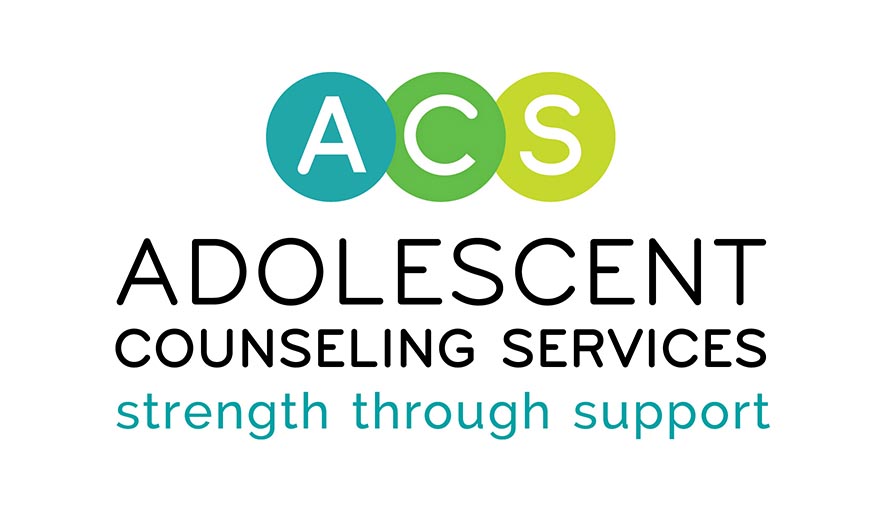
Reconnecting the Mind and Body After Trauma: A Somatic Approach
Written By: Jaimie Sandlin, Clinical Intern at ACS, On-Campus Counseling Program
trauma is commonly
“stored as sensory perceptions, dysregulated arousal, and behavioral enactments” and stored unconsciously and away from a cognitive state (Ogden, Goldstein, and Fisher, 2012). There is a disconnect between the body and mind. Given this, trauma can be difficult to navigate, as many clinicians rely on talk therapy. Other avenues such as art or play therapy exist to help clinicians navigate the subconscious with their clients.
Somatic work is less common than many therapies and requires additional professional training to practice. However, clinicians should still be aware of its power and ability to support clients that have experienced trauma. Somatic psychotherapy can directly access the lizard brain, or the limbic system, that is in charge of getting one’s basic needs met through fight, flight, or freeze responses. Through somatic psychotherapy, clinicians can help clients process their trauma without cognitive language barriers. There are barriers due to the prefrontal cortex being inhibited during traumatic events, as well as situations where children experience trauma before language is learned, and the natural dissociation enabled to protect themselves.
The body is often vulnerable and can be sensitive work, especially when working with clients with physical trauma, such as someone that experienced sexual abuse. Oftentimes, clients cut off their physical sensations to protect themselves (McConnell, 2020). They might not trust their own bodies and resent their trauma responses, and a clinician’s support might just feel intrusive. The goal is to increase their window of tolerance during sessions. The window of tolerance is a stable place in which clients feel safe and comfortable to process emotions, thoughts, and experiences (Ogden, Goldstein, and Fisher, 2012). After experiencing trauma, this window is small. It is difficult to navigate what is safe and what is dangerous. The body is hyper aroused and ready to activate their fight, flight, or freeze response in order to protect themselves. It’s important for clinicians to meet their clients where they are at in terms of awareness, readiness, and willingness. The healing process relies on the safe connection between the therapist and client, the safety in their healing environment, and the ability to gain autonomy and trust their bodies to process heavy emotions.
Somatic psychotherapy aligns well with contemporary psychodynamic and attachment theory. For clients that are avoidant, clinicians collaborate to develop dyadic regulation and interpersonal skills (Masero, 2017). For clients that are anxiously attached, clinicians collaborate to increase a client’s window of tolerance and ability to disengage. Both types of clients work to access hidden or unconscious parts of self and connect their mind and body.
For a newer clinician, we can start by identifying what we observe in the present. Does your client breathe shallowly? Do they let out a big sigh? Does their body tighten? Do their shoulders touch their ears or do they suddenly drop and unclench their jaw? By bringing this observation to their awareness, we can explore their body’s responses and their mind and body connection. These are baby steps toward reconnecting with their body. This is the “bottom up” approach in which clinicians focus on the more primitive (lizard brain) responses. As clients present somatic responses, we can practice grounding techniques in session to move them through the tough work. This might look like breathing techniques, putting feet to the floor, laying down and feeling the body against the floor, and sensory locating to bring back to the present.
Interventions:
- Window of tolerance magnetic board to identify and represent state of arousal
- Grounding techniques to breathe through intense reactions, emotions, and memories
- Games to develop a sense of control and practice changing arousal states
References
Masero, M. (2017). The wisdom of the body and couple therapy – A sensorimotor psychotherapy perspective: An interview with Pat Ogden. Relational Trauma and Family Therapy 38(4), 657-668. https://doi.org/10.1002/anzf.1267
McConnell, S. (2020). Somatic Internal Family Systems Therapy: Awareness, Breath, Resonance, Movement, and Touch in Practice. North Atlantic Books: Berkeley, California.
Ogden, P., Goldstein, B., & Fisher J. (2012). Brain-to-brain, body-to-body: A sensorimotor psychotherapy perspective on the treatment of children and adolescents. Current Perspectives & Applications in Neurobiology: Working with Young Persons who are Victims and Perpetrators of Sexual Abuse, 25(1).
